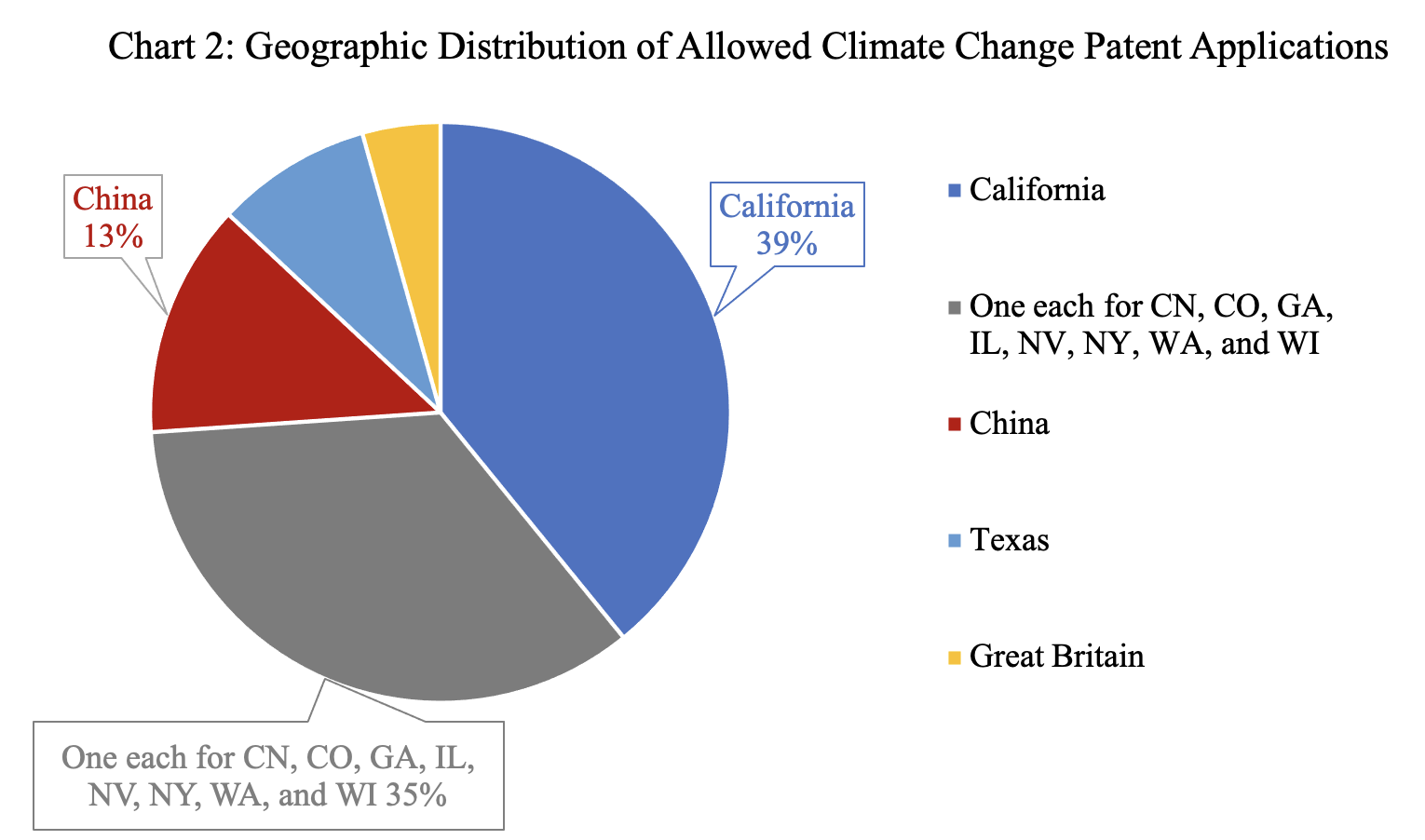Blog
ArticlesCase StudiesPress
Correcting PTO Errors With Your Patent
Patent examiners can make mistakes. Patent office clerks can misfile paperwork and cause procedural errors. The software tools, document formats like DOCX, and the IT systems your application passes through can have bugs. What recourse do you have when quality issues creep in at this stage? This is where petition practice, fortunately, comes to the rescue.

Julie Burke, Ph.D.

Michael Spector
More Stories
Patentees left to fix USPTO patent term adjustment errors
The latest software bug at the US Patent and Trademark Office impacts patent term adjustment and the agency has told patentees to request corrections

Julie Burke, Ph.D.
Heads I Win, Tails You Lose: How the USPTO Retains their Ill-gotten Gains (Part II)
As we are well aware, the patent examination process is complex. USPTO personnel, USPTO technology, inventors, and patent applicants can and do make mistakes. Regardless of how an error arises, there should be a workable, reliable, and consistent petition process to address and correct errors. When it comes to financial mistakes, 35 USC 42(d) authorizes. […]

Julie Burke, Ph.D.

Michael Spector
Highway Robbery: How The USPTO Pockets Excess Filing Fees (Part I)
This article is dedicated to inventors and IP practitioners who have checked their USPTO deposit accounts only to realize “we’ve been robbed!”

Julie Burke, Ph.D.

Michael Spector
Podcast: Julie Burke - On USPTO DOCX Filing Requirements
What issues have arisen with the USPTO's DOCX filing requirement? Go in-depth with Julie Burke on the latest AccelPro IP Law interview

Julie Burke, Ph.D.
The Trains, Planes and Automobiles of correcting DOCX-related errors
We found significant delays in the processing of patent applications with actual or perceived (i.e., uploaded documents ‘missing’ from the official file) DOCX-related errors.

Julie Burke, Ph.D.

Michael Spector
Why is the US patent system working against US interests?
The true Achilles’ heel is an ongoing failure to address weaknesses in the U.S. patent system that are giving China a technological advantage.

Julie Burke, Ph.D.
Ten Recommendations for the USPTO’s Patent Public Advisory Committee
PPH applications filed by Chinese entities are being processed faster and subject to fewer requirements and supported by fewer English language documents as compared to PPH applications filed by US or other entities.

Julie Burke, Ph.D.
USPTO Petition Statistics: Inaccurate and Misleading
Practitioners rely upon information provided by the USPTO in order to make informed decisions about prosecution next steps. We have noticed inconsistent and shifting guidance on the USPTO’s Petition Webpage

Julie Burke, Ph.D.

Michael Spector
USPTO Quietly Changes its Policy du Jour via the Petition Webpage
The USPTO used their petitions webpage to quietly change their policy du jour on whether a petition filed under 37 CFR 1.182 could be used to expedite certain types of petitions

Julie Burke, Ph.D.

Michael Spector
How to Stop Examiners from Ignoring your Arguments
AIPLA Quarterly Journal and George Washington University Law School just published Ryan Pool’s paper on Petitions Practice at the USPTO and how to stop Examiners from ignoring arguments presented during prosecution. This paper is both a how-to guide as well as a deep dive into compacting prosecution, Examiner incentives, and the inner workings of the Office of Petitions.

Ryan Pool
Use Caution When Relying upon Guidance Provided by the USPTO’s Petition Webpage
Savvy patent practitioners know the USPTO’s petition process can lead to prosecution delays. Since filing a petition does not stop an applicant’s clock, late decided petitions are frequently dismissed as moot when applicants take steps to keep the applications from going abandoned.

Julie Burke, Ph.D.

Michael Spector
USPTO's Speed On Some China Patents Bears A Closer Look
The U.S. Patent and Trademark Office's Patent Prosecution Highway, or PPH, grants expedited examination to applications containing claims found patentable by an Office of Earlier Examination, or OEE.

Julie Burke, Ph.D.
USPTO Climate Change Pilot Program's Debut Is Uneven
California innovators have been quick to use the U.S. Patent and Trademark Office's Climate Change Mitigation Pilot Program to accelerate examination of U.S. patent filings.

Julie Burke, Ph.D.

Michael Spector
Professional Liability Risks of Filing in DOCX - Two Webinars
The USPTO continues to present webinars, by now every two days or so, containing pants-on-fire lies about “the DOCX standard” and how safe it supposedly is to file US patent applications according to the USPTO’s DOCX initiative. The USPTO will impose a $400 surcharge on and after June 30, 2023 for those filers who fail to file applications as DOCX files.
USPTO Flexes Its AIA Powers To Make Retroactive Substantive MPEP Policy Changes
Retroactive guidance complicates adjudication, making it difficult to determine what the proper procedure was on any particular date. Clarity is lacking when examiners and patent practitioners are literally not working off the same page.

Julie Burke, Ph.D.
Recent MPEP Changes Complicate the Sticky Wicket of Restriction Thickets
An analysis of the revised MPEP reveals that it contains multiple changes that not only fail to address the President’s and Senators’ concerns, but instead actively facilitate more restriction thickets.

Julie Burke, Ph.D.
3 Weeks Left to Submit Comments on USPTO Initiatives To Ensure the Robustness and Reliability of Patent Rights
As a former USPTO Quality Assurance Specialist, I proposed 10 administrative and procedural fixes that would go far towards improving quality of the patent examination process and resulting rejections and allowances.

Julie Burke, Ph.D.
How to Ensure Your Retroactive Foreign Filing License petition isn't Dismissed
When crafting a RFFL petition, it is crucial to include a showing of facts rather than a mere allegation of action through error.

Michael Spector

Julie Burke, Ph.D.
DOCX Plan Risks Patent Quality And USPTO Should Reverse It
The U.S. Patent and Trademark Office recently announced it is proceeding with its plan to require applicants to e-file patent applications in the DOCX format.

Julie Burke, Ph.D.
Petition Pendency’s Impact on Grant Rates
Consistent with our analysis of petition entry days, the faster the USPTO mails the petition decision, the higher the grant rate.

Michael Spector

Julie Burke, Ph.D.
Easily Improve Your Petition Grant Rate by 17%
Unsurprisingly, the faster the USPTO enters the petition request, the higher the grant rate.

Michael Spector

Julie Burke, Ph.D.
Elevate Your Prosecution: Petitioning Examiner Errors After Final
Presented at the Elevate Your Prosecution conference in Salt Lake City on September 24, 2021.

Julie Burke, Ph.D.

Michael Spector
USPTO Petition Process: Who Should Pay for the Burden of Inordinate Delays and “Mistakes”?
All applicants deserve to have their petitions treated in a consistent manner…. Inconsistency within the USPTO’s petition practice should not be used as a poor excuse for further inconsistency.

Julie Burke, Ph.D.

Michael Spector
USPTO After Final Petition Statistics – Are Things as Bad as They Appear? (Part VI)
The USPTO apparently gives each Technology Center the discretion as to when and how they choose to process petitions, and even who has authority to decide such petitions. This results in significant TC-to-TC variation in standards of review, petition pendency, and grant rates, making it difficult for practitioners to know what to expect when filing similar types of petitions in various TCs.

Julie Burke, Ph.D.

Michael Spector
The Good, the Bad and the Missing: Findings from a Review of the Data on Granted Retroactive Foreign Filing Licenses
The process to obtain a RFFL, while often lengthy and arduous, is successfully accomplished over 70% of the time…. Yet, it should be concerning that 84% of the granted decisions for a RFFL are not found in Public PAIR’s Image File Wrapper.”

Michael Spector

Julie Burke, Ph.D.
Successful After Final Petitions Can Help Advance Prosecution (Part V)
Petitioning to overcome an improper final Office action is, contrary to conventional wisdom, not necessarily a futile exercise. Applicants can and do obtain granted petitions in far faster time than indicated in the USPTO Data Visualization Center.

Julie Burke, Ph.D.

Michael Spector
Petitions Filed After Final Dismissed as Moot: USPTO Runs Down the Clock (Part IV)
Late entry of an after final petition, either by design or happenstance, strongly correlates with the petition being further delayed and ultimately being dismissed as moot.

Julie Burke, Ph.D.

Michael Spector
Late-Filed Petitions Dismissed as Untimely: No Apparent Rhyme nor Reason (Part III)
During the course of our review, we identified three recent instances in which the practice of dismissing petitions as untimely was expanded to dismiss timely-filed petitions.

Julie Burke, Ph.D.

Michael Spector
Newly created First Action Final Rejection policy adds unnecessary complications to patent prosecution
Based on an obscure and essentially uncirculated 2017 final agency decision (“FA Decision”), the USPTO recently revised Manual of Patent Examination Procedure (“MPEP”) § 706.07(b) to retroactively impose a first action final rejection (“FAFR”) legal standard that creates uncertainty and significantly reduces patent applicant’s options.

Julie Burke, Ph.D.

William Smith

Michael Spector
A USPTO Examination Policy Change You May Have Missed
With little fanfare, the latest Manual of Patent Examining Procedure revision in June inserted a subtle, but potentially significant, change to the first-action final rejection practice that may make the patent examination process more costly for patent applicants, and more profitable for the U.S. Patent and Trademark Office.

Julie Burke, Ph.D.

David Gass
Update on TC1600 and TC1700’s Treatment of Markush Claims
The USPTO provides examiners with the option of rejecting Markush claims for containing improper Markush groupings and/or restricting examination of Markush claims by a requirement for an election of species. The rejection of a Markush claim is appealable to the Patent Trial and Appeal Board (“PTAB”) in accordance with 35 U.S.C. § 134 and 37 C.F.R. § 41.31(a)(1).

Julie Burke, Ph.D.

Michael Spector
Introducing Petition.ai
Petition.ai Launches the First Comprehensive Searchable Database of USPTO Patent Petition Documents. Significantly increase the likelihood of getting a petition granted on the first attempt while saving time and effort, relieving stress and reducing uncertainty.

Michael Spector
The information provided on this website does not, and is not intended to, constitute legal advice; instead, all information, content, and materials available on this site are for general informational purposes only.
Subscribe to our newsletter
Latest product updates, articles, and case studies, sent to your inbox.
© 2025 Petition.ai LLC. All rights reserved.
Petition.ai LLC is not a law firm and does not provide legal advice.
































